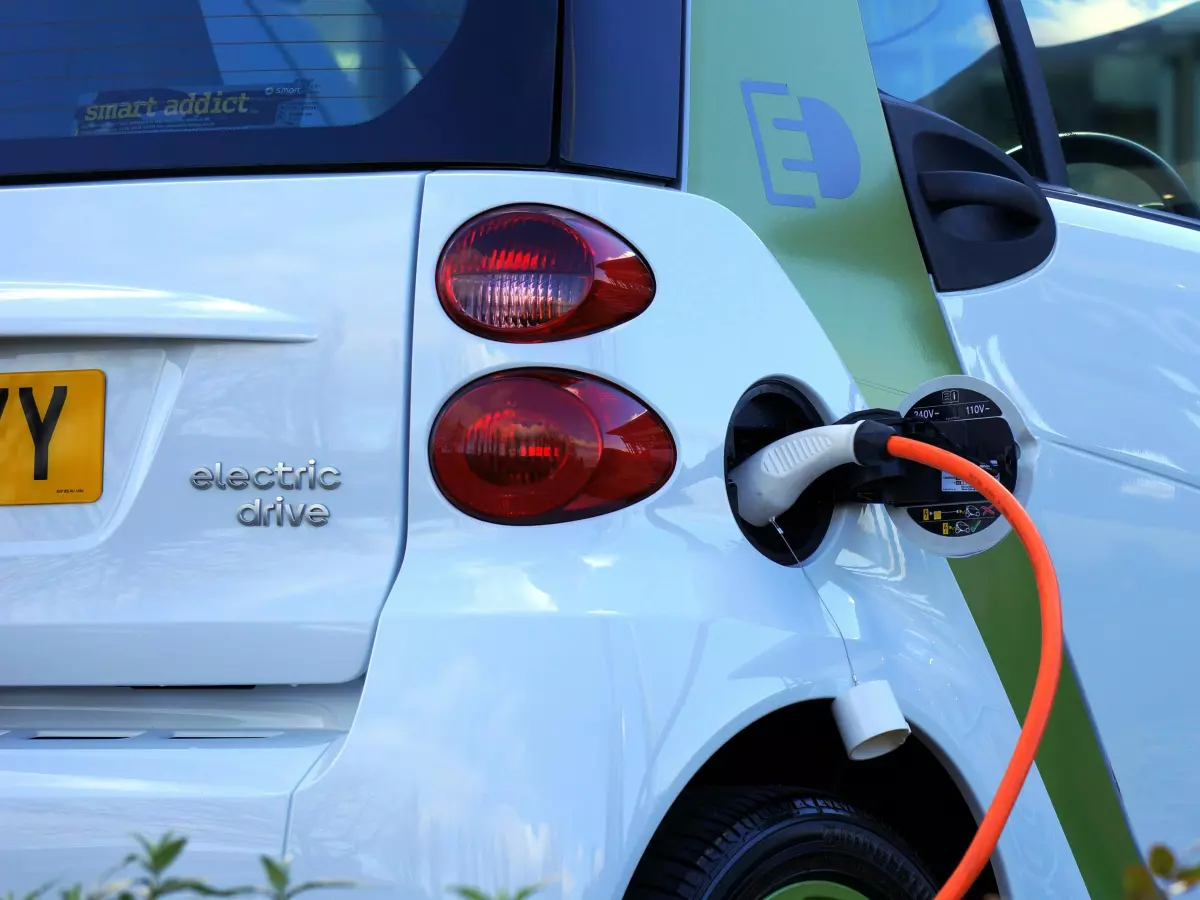Keeping Cool
What if the biggest threat to your EV's performance isn't range, charging speed, or even battery size—but heat?

By Marcus Liu
When we think about electric vehicles (EVs), we often focus on the big-ticket items: range, charging infrastructure, and battery capacity. But there's a silent player in the game that’s just as crucial—thermal management. Without it, your EV's battery could overheat, degrade faster, or even fail. So, what exactly is thermal management in EVs, and why should you care? Let's dive into the tech keeping your EV cool—literally and figuratively.
Why Does Heat Matter So Much?
Ever left your phone in the sun and noticed how it slows down or shuts off? Now, imagine that happening to your EV’s battery. Heat is the enemy of lithium-ion batteries, which power most electric vehicles today. Too much heat, and you risk damaging the battery cells, reducing their lifespan, and even causing safety hazards like fires. On the flip side, too little heat, and your battery’s performance can drop, especially in cold weather. This is where thermal management systems come into play.
Thermal management systems are designed to keep your EV's battery within an optimal temperature range, ensuring it performs efficiently, safely, and for as long as possible. But how do they work, and what makes them so important?
How Do Thermal Management Systems Work?
At the heart of every EV thermal management system is a combination of hardware and software working together to regulate battery temperature. There are generally two types of systems: passive and active.
- Passive Systems: These rely on natural airflow or heat dissipation through materials like aluminum. While they’re simpler and cheaper, they’re not as effective in extreme conditions.
- Active Systems: These are more complex and involve liquid cooling, fans, or heat pumps. Active systems are better at handling a wide range of temperatures, making them more common in modern EVs.
Most high-end EVs today use liquid cooling systems, where coolant circulates around the battery pack, absorbing heat and keeping the cells at a stable temperature. Some systems even use heat pumps to transfer heat from one part of the vehicle to another, improving overall energy efficiency.
The Software Side of Things
Of course, it’s not just about hardware. EV thermal management systems are also heavily reliant on software. Advanced algorithms monitor the battery's temperature in real time, adjusting cooling or heating as needed. This software can even predict how the battery will behave under different conditions, such as fast charging or high-speed driving, and preemptively adjust the thermal system to prevent overheating.
In some cases, the software can also communicate with the vehicle’s navigation system. For instance, if you’re heading to a fast-charging station, the system might precondition the battery—warming it up or cooling it down—so it’s ready to charge as efficiently as possible when you arrive.
Why It’s More Than Just Safety
Thermal management isn’t just about preventing fires or battery degradation. It’s also about performance. A well-regulated battery can deliver more consistent power, meaning better acceleration and range. In cold climates, thermal management can prevent the battery from losing too much capacity, which is a common issue for EVs in winter.
Moreover, thermal management systems can extend the overall lifespan of your EV’s battery. By keeping the cells within an optimal temperature range, you reduce the wear and tear that comes from extreme heat or cold. This means fewer battery replacements and a longer life for your vehicle.
Challenges and Innovations
While thermal management systems have come a long way, they’re not without challenges. One of the biggest issues is energy consumption. Cooling or heating the battery requires power, which can reduce the vehicle’s overall range. Automakers are constantly working on more efficient systems that use less energy while still keeping the battery at the right temperature.
There are also exciting innovations on the horizon. Some researchers are exploring the use of phase-change materials, which can absorb and release large amounts of heat without requiring external energy. Others are looking into advanced heat pumps that can transfer heat more efficiently, further improving energy consumption.
The Future of EV Thermal Management
So, what does the future hold for EV thermal management? As battery technology continues to evolve, we can expect thermal systems to become even more sophisticated. With the rise of solid-state batteries, which generate less heat than traditional lithium-ion cells, the need for complex cooling systems might decrease. However, until then, thermal management will remain a critical component of every EV.
In the long run, we may even see thermal management systems that can adapt to individual driving habits, learning from your behavior and adjusting the cooling or heating accordingly. Imagine a system that knows you like to drive fast on the highway and preemptively cools the battery to handle the extra load. Now that’s cool—pun intended.
As EVs become more mainstream, the importance of thermal management will only grow. After all, what’s the point of having a cutting-edge battery if it can’t keep its cool?
Conclusion: A Hot Topic for the Future
Thermal management might not be the flashiest part of an electric vehicle, but it’s one of the most important. As EV technology continues to advance, expect to see even more innovations in this space, from more efficient cooling systems to smarter software that can predict and prevent overheating before it happens. So, the next time you think about your EV’s battery, remember—it’s not just about range or charging speed. Sometimes, staying cool is the real key to performance.





